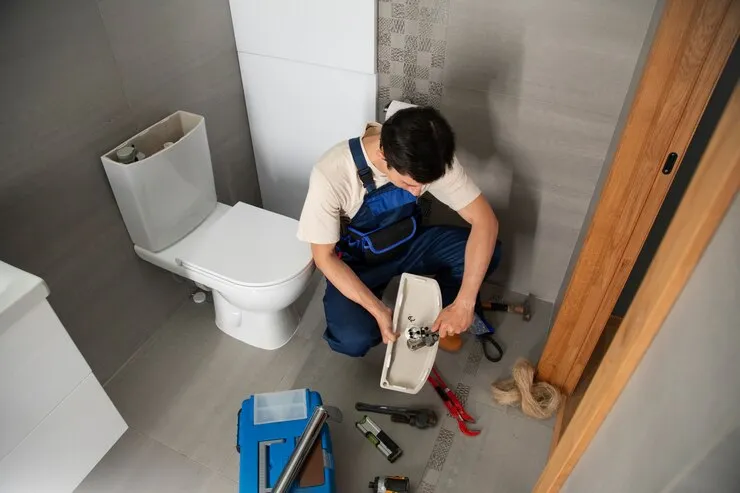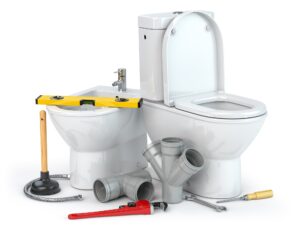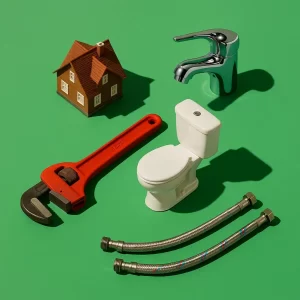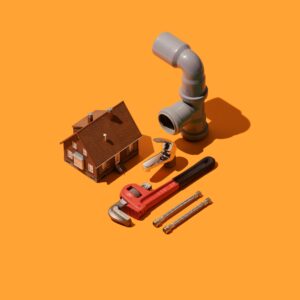Remodeling your bathroom is an essential investment that boosts functionality, safety, and home value. A common question is: how often should you remodel? While the answer varies, most experts suggest remodeling every 10 to 15 years, depending on wear and tear, design trends, and personal preferences.
General Guidelines for Remodeling Frequency
Typically, a bathroom should be remodeled every 10 to 15 years. This timeframe considers the natural wear and tear due to moisture and daily use. Over a decade, even a well-maintained bathroom can show signs of aging, like cracked tiles, deteriorating grout, and malfunctioning fixtures. Remodeling not only refreshes the space but also helps prevent bigger, costlier problems down the line.
Factors to Consider When Deciding to Remodel
1. Wear and Tear
Bathrooms endure constant moisture, leading to inevitable wear and tear. Issues such as peeling paint, water-damaged cabinets, and moldy grout lines can significantly affect both the bathroom’s look and functionality. If you find yourself frequently fixing issues, it might be time to consider a remodel.
2. Design and Style Updates
Design trends change, and what was modern 10 or 15 years ago might now look outdated. Whether it’s retro tiles or early 2000s color schemes, updating the design can greatly improve your home’s overall appeal. Modern bathroom designs often favor clean lines, neutral colors, and minimalist aesthetics.
3. Plumbing and Electrical Systems
Plumbing and electrical systems are critical components that can become outdated or damaged over time, leading to inefficiencies or safety risks. A remodel provides the perfect opportunity to update these systems, ensuring your bathroom remains safe and efficient.
4. Resale Value
A well-executed bathroom remodel can significantly increase your home’s market value. Potential buyers pay close attention to bathrooms, looking for modern fixtures, adequate storage, and a clean, updated appearance. If you plan to sell your home soon, a bathroom remodel can offer a strong return on investment.
Environmental and Energy Efficiency Considerations
Sustainability
As environmental awareness grows, many homeowners are looking for ways to make their homes more sustainable, and the bathroom is a great place to start. Incorporating eco-friendly materials, such as recycled tiles or low-VOC (volatile organic compounds) paints, can reduce your bathroom’s environmental impact.
Energy Efficiency
Updating to energy-efficient fixtures, like low-flow toilets, water-saving showerheads, and LED lighting, can significantly reduce your household’s water and energy usage. These upgrades not only benefit the environment but also lower your utility bills over time. Remodeling your bathroom with energy efficiency in mind can also make your home more attractive to eco-conscious buyers.
Budgeting and Planning
Setting a realistic budget is crucial. Costs can escalate quickly, especially if unexpected issues arise. It’s wise to allocate an extra 10-15% of the budget for unforeseen expenses. Careful planning also ensures you’re not without a functioning bathroom longer than necessary.
Choosing the Right Materials
Choosing high-quality materials may be more expensive initially, but it can save money in the long run by reducing the need for repairs or replacements.
Conclusion
Remodeling your bathroom every 10 to 15 years is generally recommended, but the exact timing depends on factors like wear and tear, design trends, and your specific needs. By focusing on sustainability and energy efficiency, you can create a modern, eco-friendly space that enhances daily life and adds value to your home.



















